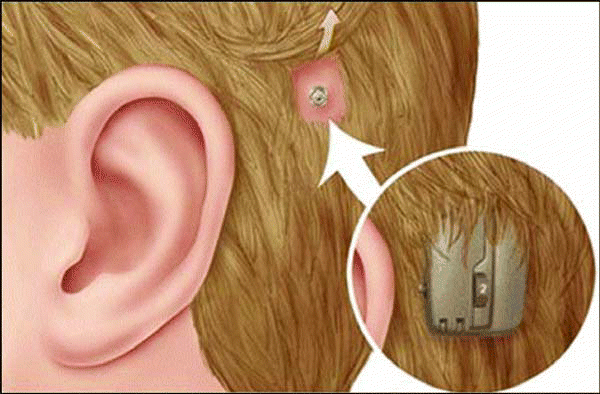Bone-anchored hearing aids (BAHA) provide many patients who can’t use standard hearing aids-for example, those with ear malformations or chronic infections-the potential to restore their hearing.
Explore This Issue
October 2007Patients should understand that good auditory function is possible with the BAHA, said Darius Kohan, MD, Clinical Associate Professor in the Department of Otolaryngology at New York University School of Medicine. Patients who get a BAHA are usually ecstatic, he said. They hear much better.
If the patient’s cochlear function is good, then they can have very good expectations about being able to hear with a BAHA, agreed Anders Tjellström, MD, PhD, Professor in the Implant Unit of Department of Otolaryngology at Sahlgrenska University Hospital in Göteborg, Sweden, and one of the original developers of the BAHA technology, first used in 1977.
One of the BAHA’s newer indications is for patients with unilateral hearing loss. While it is definitely beneficial in many patients, they should know the device won’t give them true bilateral hearing, noted John House, MD, President of the House Ear Institute.

How BAHA Works
The BAHA is not really a hearing aid, said Dr. House. It works on a totally different principle and is meant for people who do not use or benefit from a standard hearing aid.
The BAHA consists of a sound processor attached to an external abutment, which is held in place by a titanium screw implanted into the skull behind the ear. The bone carries vibrations that bypass the external and middle ear and travel directly to the cochlear nerve.
The beauty of the device is you can’t tell the difference between whether the sound comes through the ear canal or bone, and the patient has quite natural hearing, explained Dr. Tjellström.
Who Benefits from BAHA
BAHA is used in patients with chronic ear infections that cause conductive or mixed hearing loss and for whom a hearing aid would aggravate the infection, said Dr. House.
About 70% of BAHA patients have chronic ear disease or a perforation in the eardrum, said Dr. Tjellström, adding that a conventional hearing aid may not be feasible in these patients because of drainage through the ear canal.
BAHA is also indicated for people who do not have an ear canal or who have aural atresia and cannot wear a conventional hearing aid, said Dr. House.
Leave a Reply